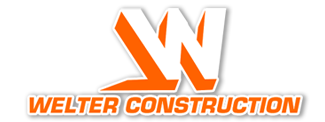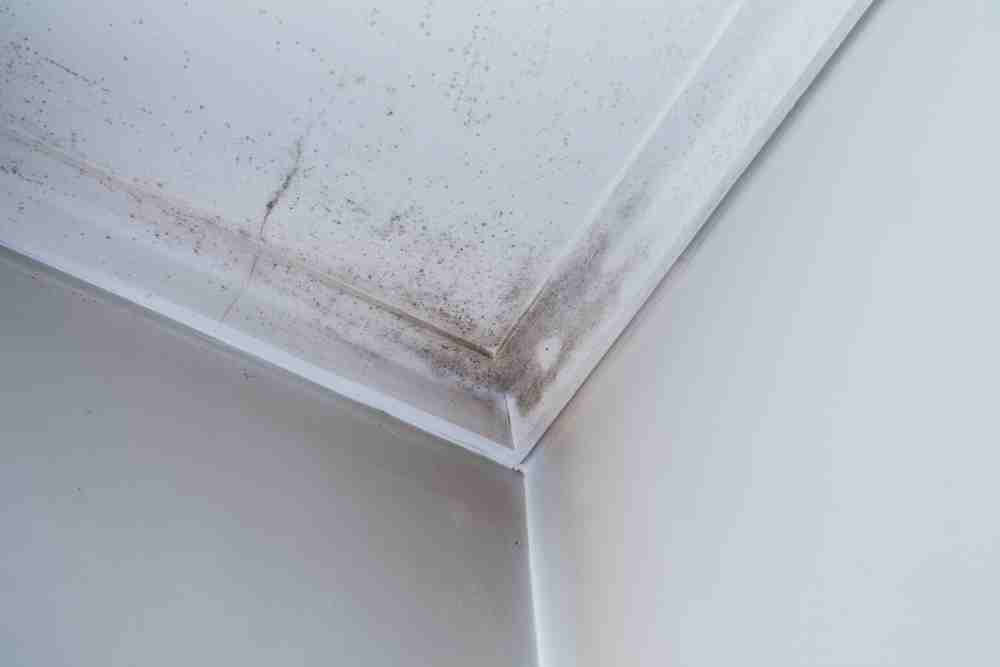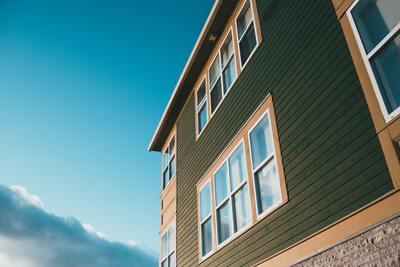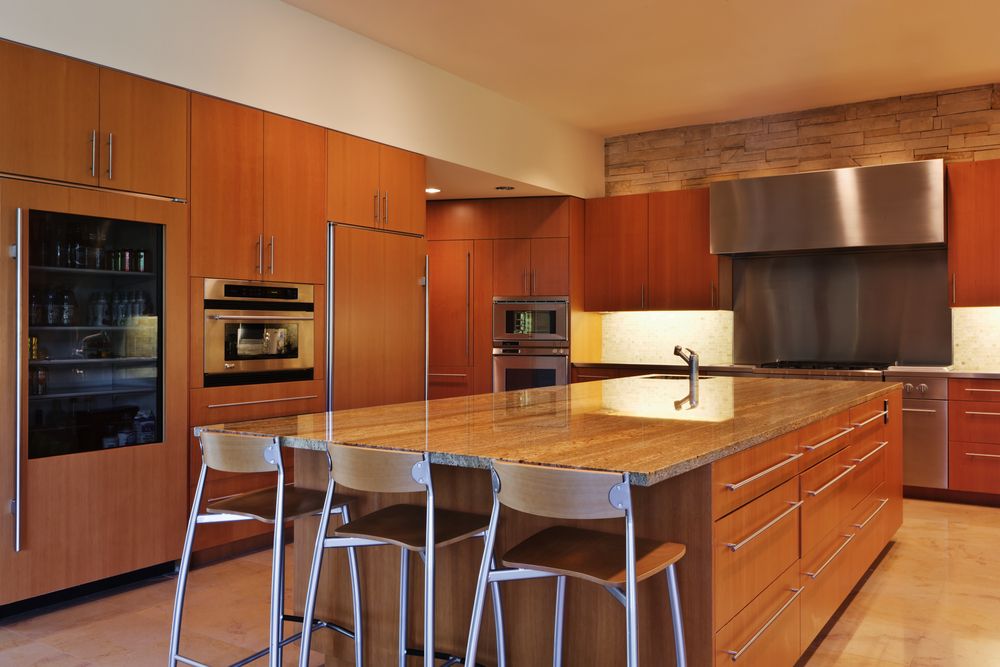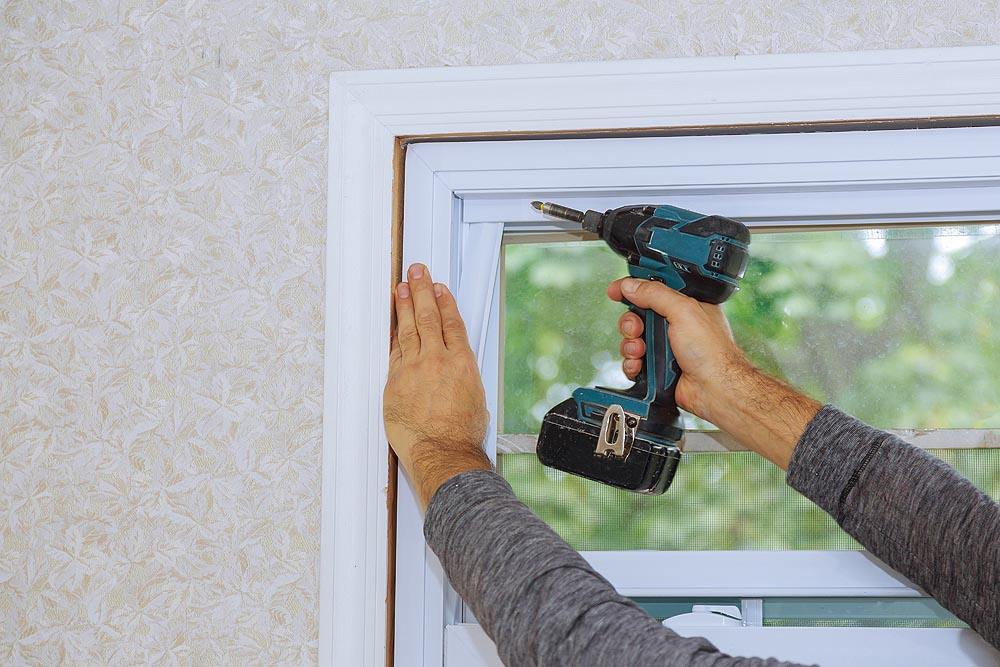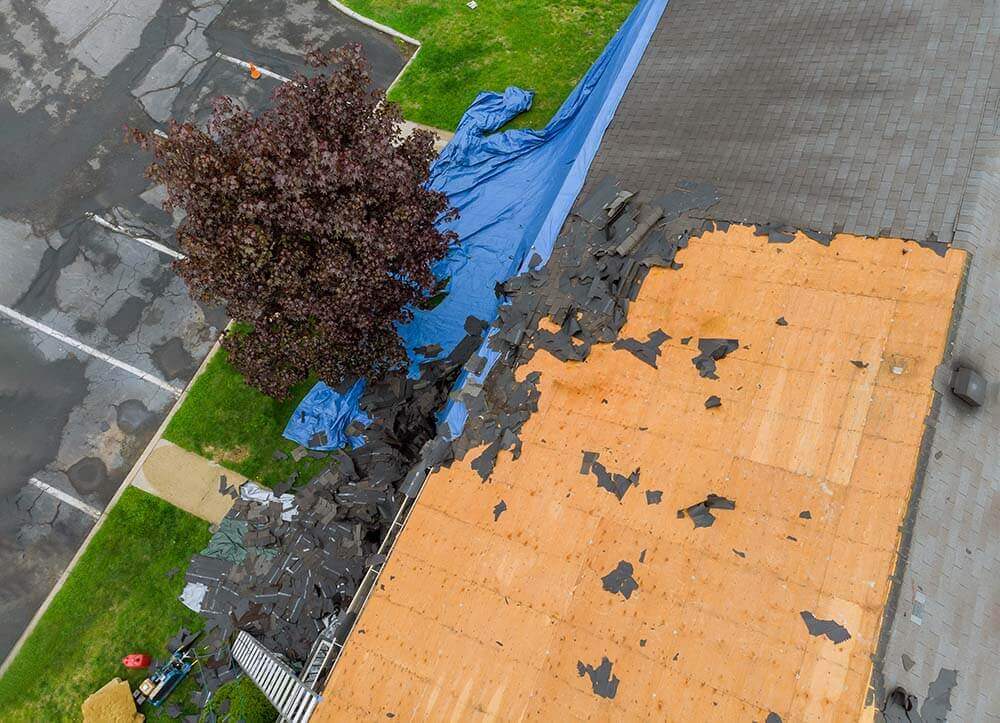When your roof is leaking, it creates an enormous amount of problems for your attic, walls, ceilings, and anything else water goes where it’s not supposed to go. Sometimes, however, water leaks in your home and water stains you may see on ceilings and walls may not be coming from a roof leak.
During the cold Minnesota winters, water condensation in the attic can freeze and then melt. The melting frost leaks down into the ceilings and walls of your home and—Oh no!—you think you have a roof leak! Not so fast. Read on to learn what causes attic condensation, how to prevent condensation in your attic, and what to do to repair those water stains in your home.
Causes Of Attic Condensation
So it’s a cold winter day and you’ve got the fireplace roaring and the heat on throughout your home. You’re warm and comfortable. Well, if your home is like many in the Twin Cities Metro area, some of that warmth and moisture is escaping up into your attic. In addition to increasing your energy bill and possibly causing ice dams on your roof, the moisture in the air leaking into the attic can become condensation and then freeze. When the frost melts, the water drips into the attic and may show up on your ceilings and walls as water stains.
Preventing Attic Condensation
The first thing you should do when you see water spots and stains on your ceilings and walls is to call your professional roofer to inspect your roof and attic. If it’s determined that your roof is sound and the water is coming from attic condensation, follow these tips to help prevent this problem from occurring in the first place:
- Attic insulation: Attic insulation helps prevent more than attic condensation. Attic insulation also helps prevent ice dams, which can damage your roof, and help prevent high energy bills. The US Department of Energy recommends attic insulation in homes in the Twin Cities Metro area to be at least R-68 (“R” meaning resistance to heat transfer). R-68 is approximately 15 to 20 inches of typical fiberglass roll insulation.
- Air sealing: Air leaks between the heated living spaces and the attic are what allow excess water vapor in the air to collect in the attic in the first place. Air leaks should be sealed around piping, cables, ducts, vents, recessed lighting, chimneys, and the attic hatch or door. Air leaks may be sealed using a can of expanding spray foam and foam weatherstripping.
- Exhaust fans: Do the kitchen and bathroom exhaust fans vent directly into your attic? Or, do the exhaust fan vents extend through the roof and exhaust moist air outside? Older homes tend to have exhaust fans that vent into the attic. This is a tremendous source for excess moisture in the attic which can freeze and cause water damage to your home and insulation once the ice melts.
Repairing Water Damage In Your Home
Most roofing contractors don’t do interior renovations and repairs to drywall, timber, insulation, and other materials that make up your home. When you’re dealing with problems with your roof and attic, it helps to hire a home contractor that can handle a number of issues that may arise from a leaky roof or attic condensation. This makes it easier for you dealing with your insurance company and by limiting the number of contractors you have to get bids from, work with, and make payment to.
At Welter Construction, we are your one-stop home contractor for attic condensation prevention, water damage repair, storm damage repair, roof repair, roof replacement, room renovations, and much more! We’ll work closely with your insurance company if they’re involved, and we’re sure you’ll absolutely love the work we do!
When you need help with preventing attic condensation, repairing water stains, roof repairs, and/or ice dam removal, call on the home contracting professionals at Welter Construction at (763) 780-6007 or contact us online using our easy online form!
